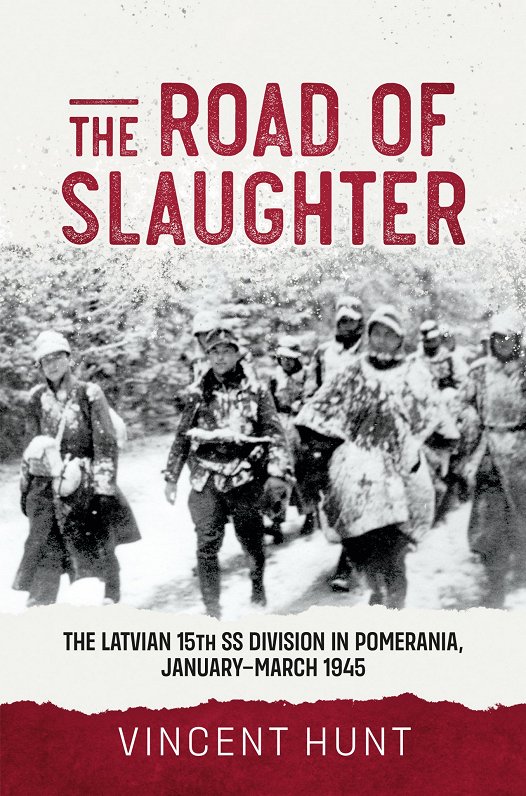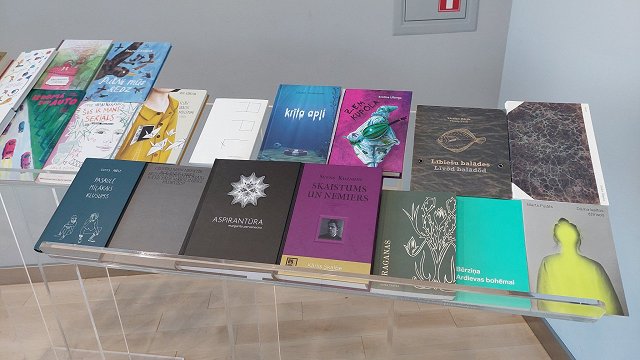InThe Road of Slaughter, British author Vincent Hunt pieces together eyewitness accounts that reveal that as many as 5,000 Latvian soldiers may have died in just three and a half days along the 17km stretch of road between Jastrowie, Podgaje and Lędyczek (then Jastrow, Flederborn and Landeck) in north-western Poland.
In early February 1945, a division of soldiers from the Latvian Legion was trapped by the Red Army in Pomerania.

The only road through the tiny country villages were surrounded by Soviet gunners, with escape routes blocked on all sides. The besieged soldiers were blasted by artillery, katyusha rockets and machine gun fire as they tried to move 800 wounded comrades on carts along a road choked with terrified refugees. The result was a massacre, the book says.
"Eventually the encirclement was broken but bodies lay unburied in Flederborn for months afterwards. Hundreds if not thousands of civilian refugees died there too, but no-one knows who they were – they are not remembered there. Prisoners were executed out of hand on all sides," say publicity materials for the book, from the Helion publishing house which specialises in military history.
Accrding to the publishers, Vincent Hunt's new book was six years in the writing and began life as a series of conversations with former members of the Latvian Legion whon served with the 15th SS Division on the Eastern Front in Pomerania (now Poland) and Germany. They surrendered to the Allies at the end of the war and volunteered to work in the UK. As they were not able to return to their homeland, occupied by the Soviet Union until the 1990s, they settled in the UK for the rest of their lives.
"They were in their nineties when Hunt met them, but their memories of combat were vivid and in many cases, still raw. Hunt then crossed Poland visiting the battlefields of Nakel, Jastrow, Flederborn, Landeck and Kolberg and scoured the unpublished Divisional war diary in the National Archive in Rīga for the orders from the Road of Slaughter. They reveal the desperation as the Latvians and Germans trapped with them tried to fight their way out of a Red Army encirclement. Eyewitness accounts translated from the Legion’s official history and extracts from diaries and the post-war Latvian press-in-exile add harrowing detail to the untold story of the men who never went home – the Lost Legion," says Helion.
Hunt’s previous books for Helion also deal with Latvian history – Blood in the Forest: the end of the Second World War in the Courland Pocket (2017) and Up Against the Wall – the KGB and Latvia (2019), which the Association for the Advancement of Baltic Studies selected as one of its books of the year in 2020.





























